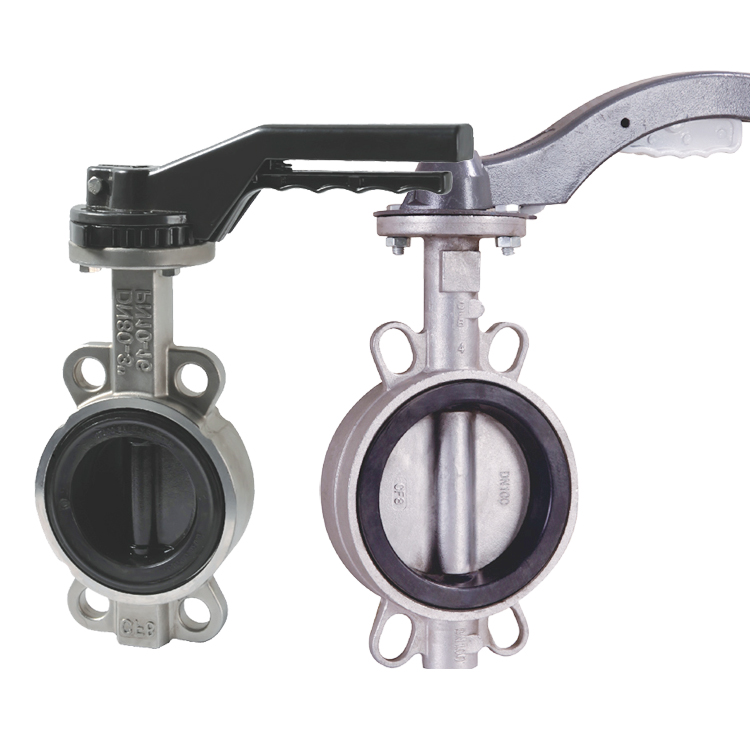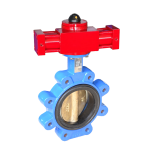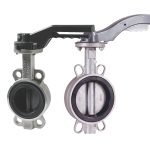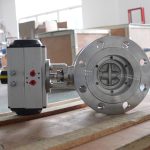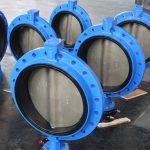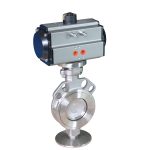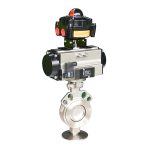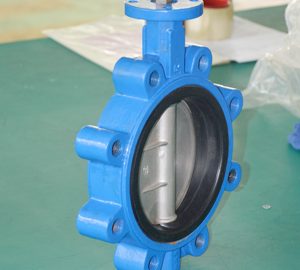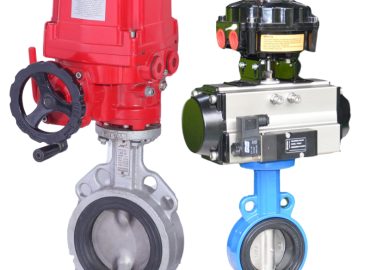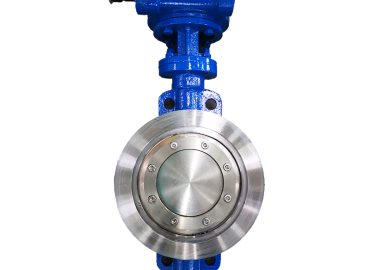When choosing a stainless steel butterfly valve for your system, there are many considerations to take into account. From the quality of the construction and materials used, to the size and flow requirements, it is important to make sure you have all of your needs met for optimal performance. Additionally, compliance with industry standards and regulations as well as environmental impact should also be considered before making a purchase. Taking these factors into account can ensure that you select the best stainless steel butterfly valve solution for your application.
Introduction
When purchasing a ss butterfly valve , there are several factors to consider. The primary considerations involve the type of metal used for the construction, since this will determine the quality and durability of the valve. Cost and maintenance requirements should also be taken into account when selecting a stainless steel butterfly valve. It is important to ensure that you understand these factors before making your decision in order to make sure you are getting the best value for your money. Additionally, the size and flow requirements for the valve must be considered when selecting a butterfly valve, as these characteristics will play an important role in its performance. Compliance with industry standards and regulations should also be taken into consideration when purchasing a stainless steel butterfly valve, as well as any potential environmental impacts that may arise from its use. By taking all of these factors into account, you can help ensure that you select the best solution for your application.
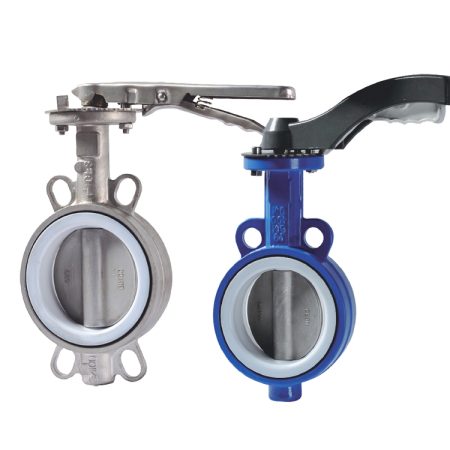
Definition of a Stainless Steel Butterfly Valve
A stainless steel butterfly valve is a type of valve that regulates the flow of a liquid or gas. This type of valve has two half-circle plates connected at their center, and when the handle is turned, it causes the two plates to rotate on an axis. The rotation of the plates either opens or closes off the passage through which fluid can flow, allowing greater control over the rate and direction of flow. Stainless steel construction is preferred due to its corrosion resistance and strength, making these valves great for use in harsh industrial environments.
Benefits of Installing a Stainless Steel Butterfly Valve
Installing a stainless butterfly valve has many benefits. As mentioned previously, its corrosion resistance makes it an ideal choice for industrial applications where exposure to harsh chemicals orto high temperatures is likely. This material also offers superior strength and durability. Additionally, these valves are well-suited for applications where precise control of flow is necessary. Stainless steel butterfly valves are also relatively easy to install and maintain, making them convenient solutions for many different uses. Furthermore, they offer superior performance when compared to other types of valves due to their fast reaction time. Finally, these valves offer cost savings since they often require less energy than other types of valves in order to open and close properly.
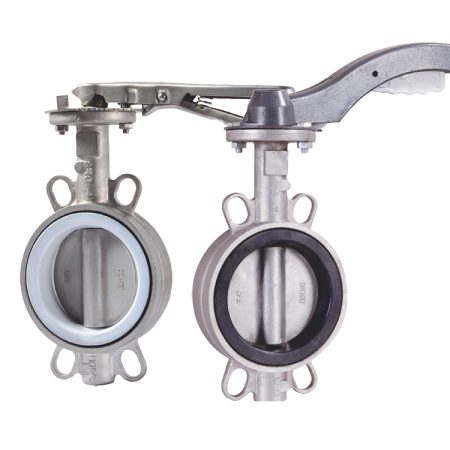
Considerations When Purchasing a Stainless Steel Butterfly Valve
When it comes to purchasing a ss 304 butterfly valve , there are several key considerations you should be aware of. Firstly, you must consider the type of environment that the valve will be installed in. Take into account factors such as temperature, pressure, and any corrosive substances which may come into contact with the valve. It’s important to select a valve designed to withstand these conditions so that it can function properly and provide extended service life. Secondly, determine what type of control system is best suited for the application; manual models allow for manual operation while electric valves offer automatic operation and more precise control over flow rates. Lastly, consider factors such as cost, durability, installation complexity and maintenance requirements when selecting a valve for your application. Ultimately, make sure your choice is one that will ensure maximum safety and performance for years to come.
The Type of Metal Used for the Construction
The type of metal used for the construction of a stainless steel butterfly valve will depend on the requirements of the application. Generally, stainless steel is the most common choice for these types of valves due to its superior corrosion resistance and strength. However, some applications may require more specialized metals, such as Inconel or Hastelloy. When selecting an appropriate metal for a butterfly valve installation, it’s important to consider factors such as temperature range, pressure range, and other environmental conditions that may affect performance over time. Additionally, factors such as cost and availability should also be taken into account when selecting the optimum material for your specific application.
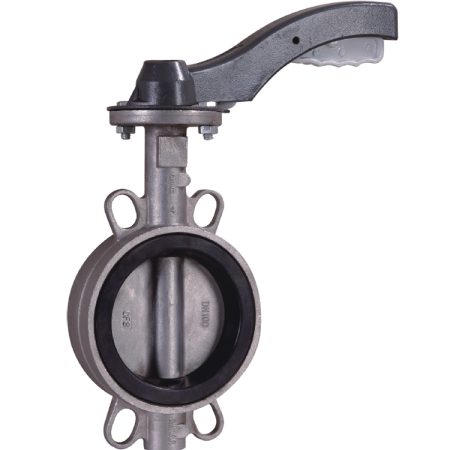
Quality and Durability of the Valve
Quality and durability are key considerations when purchasing a wafer butterfly valve. To ensure optimal performance, it’s important to choose valves that are made from high quality materials and produced with exacting standards. Look for models certified by trusted organizations such as the American Society for Mechanical Engineers (ASME) or other applicable organizations. It’s also important to check if the valve is rated for any specialized environments, such as cryogenic conditions or high pressure rating, which may be needed depending on the application. Finally, make sure the supplier offers an extended warranty or maintenance program that covers repair or replacement in case of damage or failure due to wear and tear.
Cost and Maintenance Requirements
Cost is often an important factor when buying a stainless steel butterfly valve. While higher quality valves may come with a large upfront cost, they also tend to last longer and are more reliable in the long-term, thus making them a better investment. Additionally, most butterfly valves require regular maintenance and inspection to ensure proper operation over time. Therefore, it’s important to factor in costs such as installation fees, spare parts, and any professional services needed for regular maintenance into your budget when purchasing a valve.
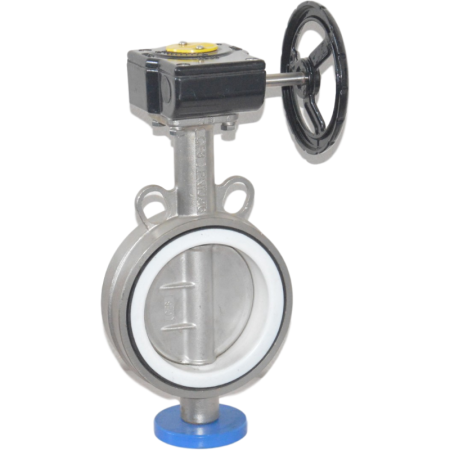
Size and Flow Requirements
When choosing a stainless steel butterfly valve, it’s important to consider the size and flow requirements for your application. The valve’s size should match the size of the pipe, as a mismatch can cause performance issues. For example, if you install a larger valve on a smaller pipe or vice versa, it may lead to decreased flow rate and increased pressure drop due to turbulence and leakage. In addition, the valve must be able to handle the required flow rate as well; installing an inadequately sized valve will cause excessive cavitation and wear on the parts. Finally, consider whether any special features are needed such as control valves or actuators, which further affect the overall cost.
Compliance with Industry Standards and Regulations
Compliance with industry standards and regulations is essential when choosing a stainless steel butterfly valve. Before purchasing, confirm that the valve is certified to meet requirements from governing bodies such as the American Society of Mechanical Engineers (ASME). Additionally, many valves must be inspected for emissions or hazardous materials leakages, so make sure to check local laws and regulations before buying. In general, having the right butterfly valve will not only help ensure the long-term performance of your system but also help ensure that it meets all necessary safety and environmental requirements.
Environmental Impact
It’s important to consider the environmental impact of your stainless steel butterfly valve when selecting one for your application. This starts with looking for valves that have been designed for minimum environmental impact, such as low-emission valves or ones made from recycled materials. Additionally, make sure to look at the valve’s material composition and determine whether it contains any hazardous chemicals. Finally, you’ll want to look into the energy efficiency of the valve; this will help reduce both your carbon footprint and operating costs over time.
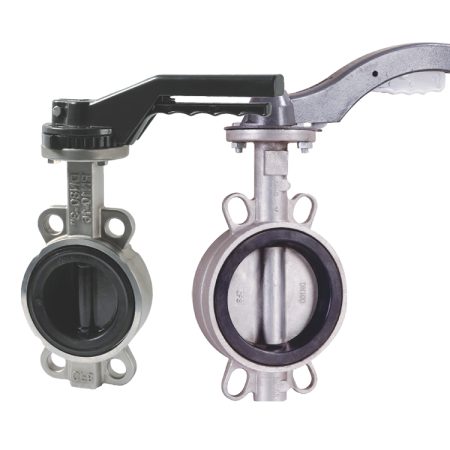
Conclusion
Purchasing a stainless steel butterfly valve requires careful consideration. It’s essential to ensure compliance with industry standards and regulations by certifying the valves before purchase. Additionally, looking at the environmental impact of the valve is important to minimize your carbon footprint and operating costs. Finally, make sure you are getting the best performance possible out of your system by considering the durability, pressure rating, temperature limits, and other features of the valve. By taking all of these factors into account you can be sure that you will find a stainless steel butterfly valve suitable for your application that meets both your needs and industry requirements.


